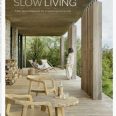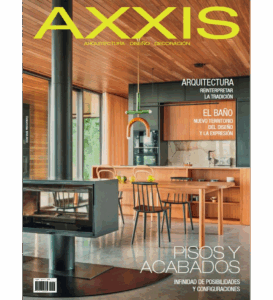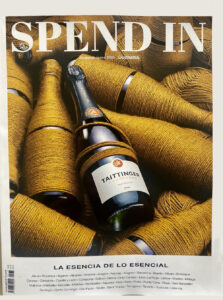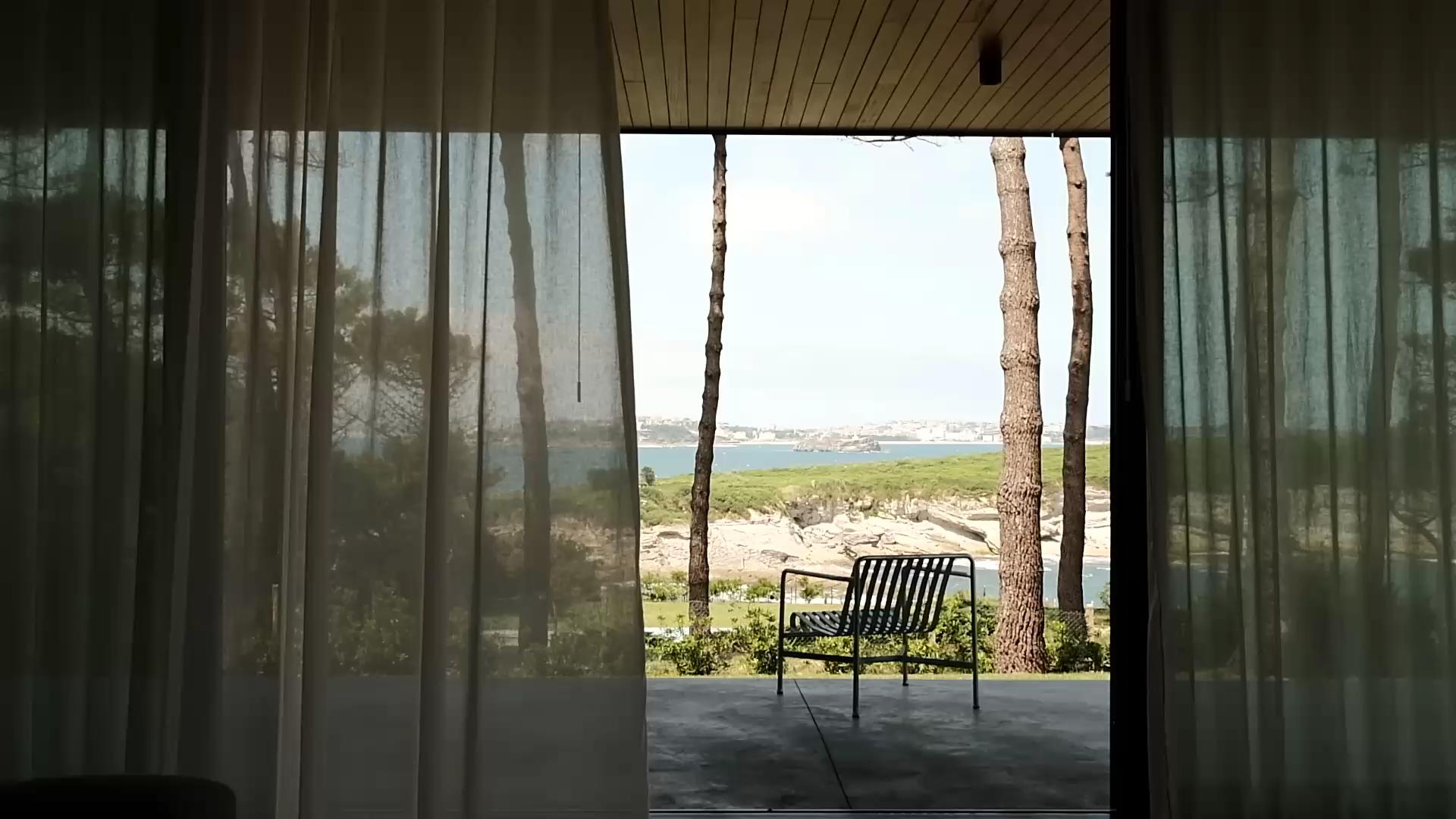Loredo NAVC01
Loredo NAVC01
Santander
On the shores of the Cantabrian Sea, surrounded by pine and oak trees, stands this single-family house. The property is situated on an elongated plot that opens to sea views on its northwest side, with the city of Santander nestled at the bottom of the bay. Given this context, the landscape becomes a priority in the architectural conception. We propose a house-viewpoint, where the transparency of its large glass panels allows us to fully appreciate the surrounding environment and the coastal location.
However, this orientation leads to direct exposure to strong winds and rainfall typical of the region, presenting a challenge that necessitates solutions to address these conditions. To this end, we establish a series of guidelines that will shape a new vernacular architecture for the study.
To enhance the enjoyment of the exterior spaces linked to the house, the vertical planes of the façade fold to create patios open to the outside, providing shelter from the winds. Porches and eaves offer covered areas to protect against rain.
Another key principle involves the reinterpretation of materials. The limestone masonry walls—characteristic of traditional Cantabrian architecture—constitute the blind walls of the façades, employed in a novel way. Wood features prominently, especially in the ceilings, both interior and exterior, arranged in slats that emphasize the house’s orientation toward the sea views.
In its formal conception, the house presents itself as a striking yet simple volume, embodying a clear modern style inspired by the architecture of Mies van der Rohe, where elements are reduced to their essence. The structure comprises reinforced concrete walls, alternating with glass panels that define and configure the architecture.
The floor plan is arranged in an “L” shape, consisting of two wings that can function independently or together. The east-west wing accommodates the common spaces and the main bedroom, making it the most frequently used part of the house. The north-south wing is designated for guest rooms, utilized only on certain occasions.
This separation of functions into two distinct volumes becomes evident upon arrival at the entrance, where both wings converge. The interplay of solid and void spaces, along with the transparencies, allows us to glimpse the sea from outside, through the gap created by the articulation of these areas.
PUBLICATIONS
Fotografía: David Zarzoso






